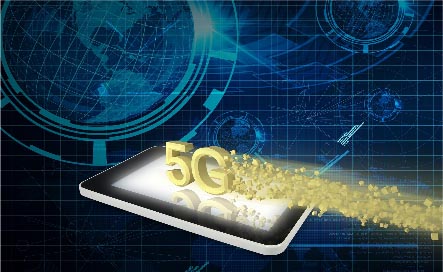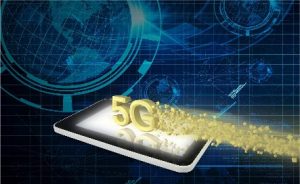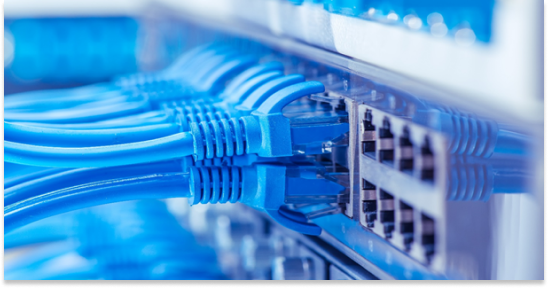Telecom Huawei Makes Bold 5G Predictions

Chinese telecom provider Huawei has been making headlines with 5G predictions before anyone else. Back in 2014, the provider accepted a bold partnership with Russian provider MegaFon to build a 5G network for the 2018 FIFA World Cup in Russia.

Then, in October of this year, it announced that field tests of its 5G technology had exceeded throughputs of 3.6 Gbps (making it faster than wired). Alongside competitors Nokia and Ericsson, Huawei is a mover and shaker in 5G development.
By Huawei’s own prediction, its 5G networks will be commercially available by 2020. This deadline puts 5G deployment right on schedule with the projections of third party industry experts. With at least five years of development remaining, however, rumors about what the next generation of mobile broadband will be capable of are far from concrete. In a recent presentation, Huawei solidified several of these rumors for stakeholders. Here’s what 5G will look like according to a lead developer:
A Billion Connections
What we need: The next generation of mobile broadband needs to support a large volume of devices without compromising network performance because, first, more and more people are using mobile Internet and, second, an increasing number of devices (watches, cars, etc.) connect to wireless networks. It’s no coincidence that Huawei and MegaFon chose the World Cup as the event at which to introduce 5G. A stadium full of a million smartphones is exactly the type of high volume event 5G will be able to support.

Huawei’s prediction: Huawei predicts that its networks will support a million connections per square kilometer and that 5G will support 100 billion connections worldwide.
Negligible Latency
What we need: So far, each generation of mobile network has had an exponentially faster peak bit rate than the generation before, but skeptics argue that 4G LTE (with a potential downlink of 100 Mbps) closes in on the speed limit of land-mobile radio [1]. Yes, 5G will be faster than 4G LTE, but not because of an exponential bit rate increase. Instead Huawei is increasing secondary speed factors like system spectral efficiency and, particularly, latency.

Today’s 3G networks have a latency of 100 ms and today’s 4G LTE networks have a latency of 50 ms. These figures are too high to watch high definition video and play real time games without occasional lags.
Huawei’s prediction: The next generation of mobile broadband will exponentially decrease the latency of 3G and 4G LTE from a peak of 50 ms, down to 1 ms. This will give mobile broadband a latency lower than wired connections like DSL and cable.
More Speed
What we need: There is always a need for speedier Internet. First, even the best mobile broadband is still slower than wired connections like cable and DSL. Second, as the picture and sound quality of connected devices increases alongside the demand for high definition online content, the unprecedented demand for data is slowing down 4G LTE networks. Mobile broadband providers need to develop faster, more efficient networks to keep up with users’ growing demand.
Huawei’s prediction: According to Huawei, 5G will have a peak, theoretical download speed of 10 Gbps. Huawei field tests indicate that, in practice, 5G will support peak download speeds of at least 3.6 Gbps.





